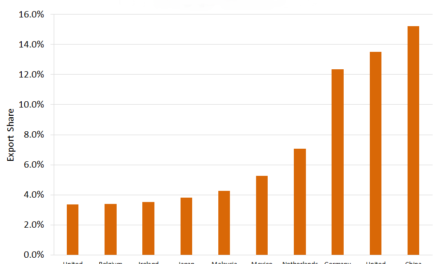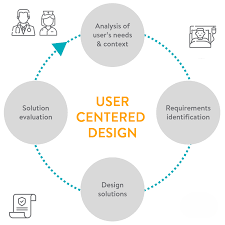
What are your terms for Medical Device volume discounts?

Volume discounts are common in the medical device industry as they encourage larger orders and foster long-term relationships with customers. Here’s how volume discount terms are generally structured:
1. Tiered Pricing
- Threshold Levels: Companies often set specific order quantity thresholds for discounts. For example, purchasing above 500 units might secure a 5% discount, over 1,000 units might get 10%, and so on.
- Progressive Discounts: Discounts can increase progressively as order quantities exceed various thresholds, incentivizing larger purchases.
2. Annual Purchase Contracts
- Annual Commitments: Discounts can be offered based on the total volume of purchases made over a year. If a customer agrees to purchase a certain number of units annually, a discount is applied to orders throughout the year.
- Performance Clauses: These contracts may include performance clauses that adjust the discount level based on the actual annual purchases compared to the agreed volume.
3. Market Segment Specific Discounts
- Special Pricing for Key Sectors: Discounts may vary by market segment, such as hospitals, clinics, or specialty medical practices, based on their typical order sizes and the strategic value of serving these segments.
- Customized Solutions: Discounts might also be tailored based on the customer’s specific needs and the strategic importance of their business to the supplier.
4. Bundling
- Product Bundles: Offering discounts on bundles of different products or including service packages as part of the purchase can effectively reduce the overall cost to customers while increasing the transaction size.
- Bundling with Consumables: For devices that require regular consumables, discounts can be offered on the initial device purchase if the customer commits to buying consumables for a set period.
5. End-of-Life or Excess Inventory Discounts
- Clearance Discounts: To clear out inventory of products that are being discontinued or updated, companies might offer substantial volume discounts.
- Excess Stock Sales: Discounts can also be applied to move excess stock quickly, often at the end of a fiscal period.
6. New Customer Incentives
- Introductory Discounts: New customers may be offered special volume discounts as an incentive to switch from their current supplier or to try a new product.
7. Loyalty Programs
- Reward Repeat Business: Companies might offer loyalty programs that provide better discounts based on cumulative purchasing history.
- Tiered Loyalty Levels: Higher tiers in loyalty programs can offer greater discounts or other benefits like expedited shipping or exclusive access to new products.




























